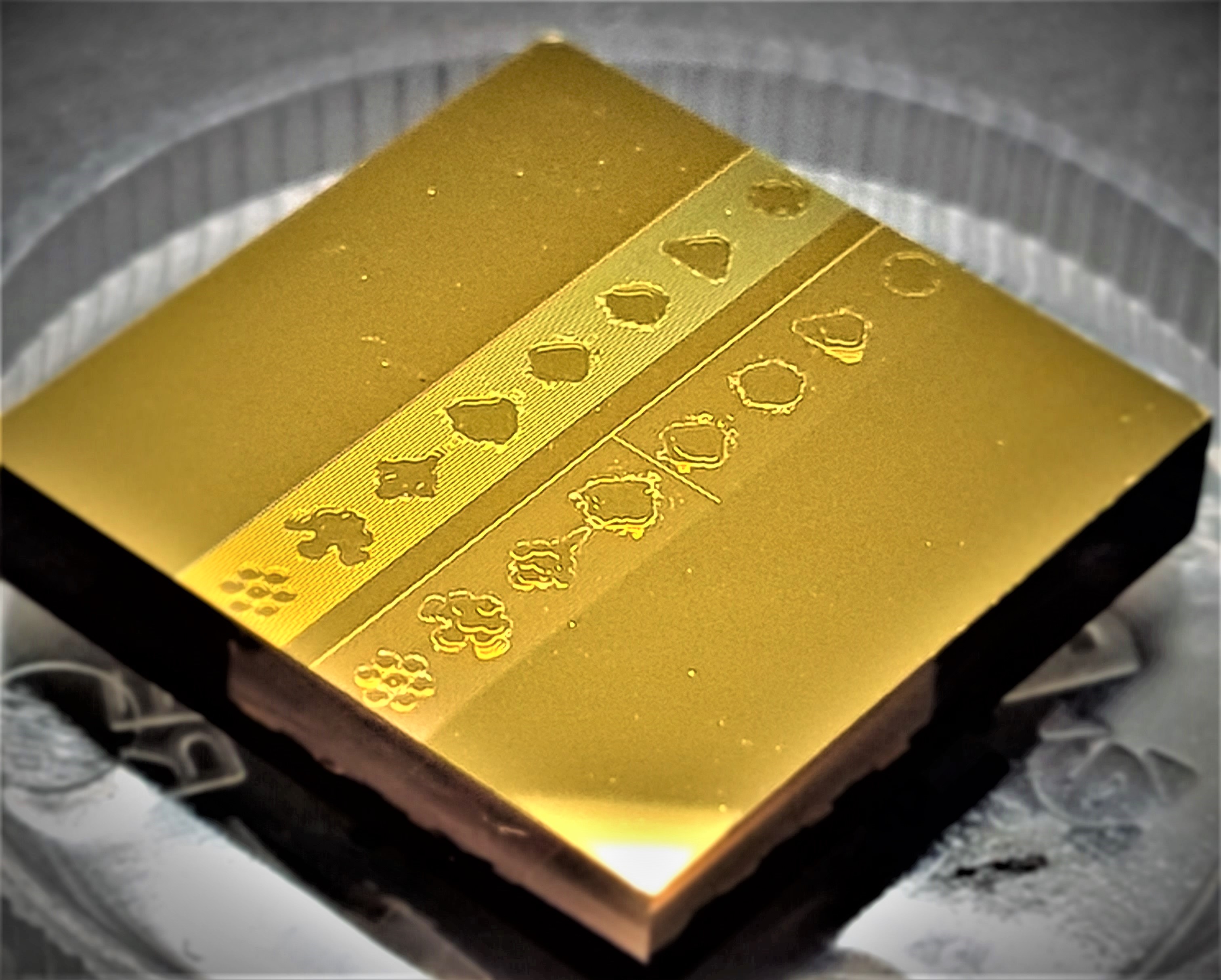Project results of the “Quantum Photonics Labs” are available
Key components for the second quantum revolution
The German Federal Ministry of Research, Technology and Space (BMFTR; formerly German Federal Ministry of Education and Research (BMBF)) has funded the "Quantum Photonics Labs" at the Fraunhofer Institute for Applied Optics and Precision Engineering IOF with 8.5 million euros since 2019. The project aimed to develop instruments for controlling quantum systems and thus developing key components for the challenges of the second quantum revolution. Now the project results are available.
Out of the lab, into the real world: Quantum physics is no longer a purely fundamental scientific discipline. Instead, it is becoming a driver for innovative new applications. In this context, the BMBF-funded "Quantum Photonics Labs" (QPL) had the goal of developing photonic components and instruments for controlling quantum systems. The aim was to make the latest approaches in quantum optics usable for science and industry and to transfer them into a versatile hardware platform.
As part of the project, which has been advanced at Fraunhofer IOF since 2019, various demonstrators such as integrated light sources for single photons and mode converters were developed. In this process, they were already adapted for possible applications in science and industry in the development phase.
Diamond-based single photon emitter and mode converter
Within the framework of QPL, the researchers first successfully demonstrated the complete manufacturing process for the realization of photonic crystal structures for polycrystalline diamond membranes. Subsequently, the technology was further developed for single-crystalline substrates for photonic crystal structures of higher quality.
In particular, a technology for the generation of high-quality diamond membranes by ion implantation and selective removal of graphitized layers was developed. In parallel, extensive investigations on implantation, targeted activation, manipulation, and characterization of NV centers were performed.
As a result, a comprehensive technology chain for the realization of quantum light sources based on different F-centers in diamond is available.
Furthermore, the researchers at Fraunhofer IOF were able to develop new techniques for controlling and manipulating the complex wavefront of photons. With the help of "Multi-Plane Light Conversion", they have thereby implemented a spatial mode sorter for up to 7 Hermite-Gaussian modes using tailored phase elements, which was developed in collaboration with the department of Micro- and Nanostructured Optics at Fraunhofer IOF.
Encountering the challenges of the second quantum revolution
The latest quantum technologies are said to have the same disruptive potential for society and the economy as the invention of the laser in the 1960s. In fact, quanta already provided the basis for this technology back then. That is why people refer to it as the "first quantum revolution".
Today we are already experiencing the "second quantum revolution" and it is primarily about addressing individual quantum systems. Especially in the fields of communication, imaging and sensor technology, photons, i.e., light particles, are excellent carriers of information. The research of scientific and technical methods in quantum optics for the development of application-oriented quantum photonics is therefore essential for the success of quantum technology.
